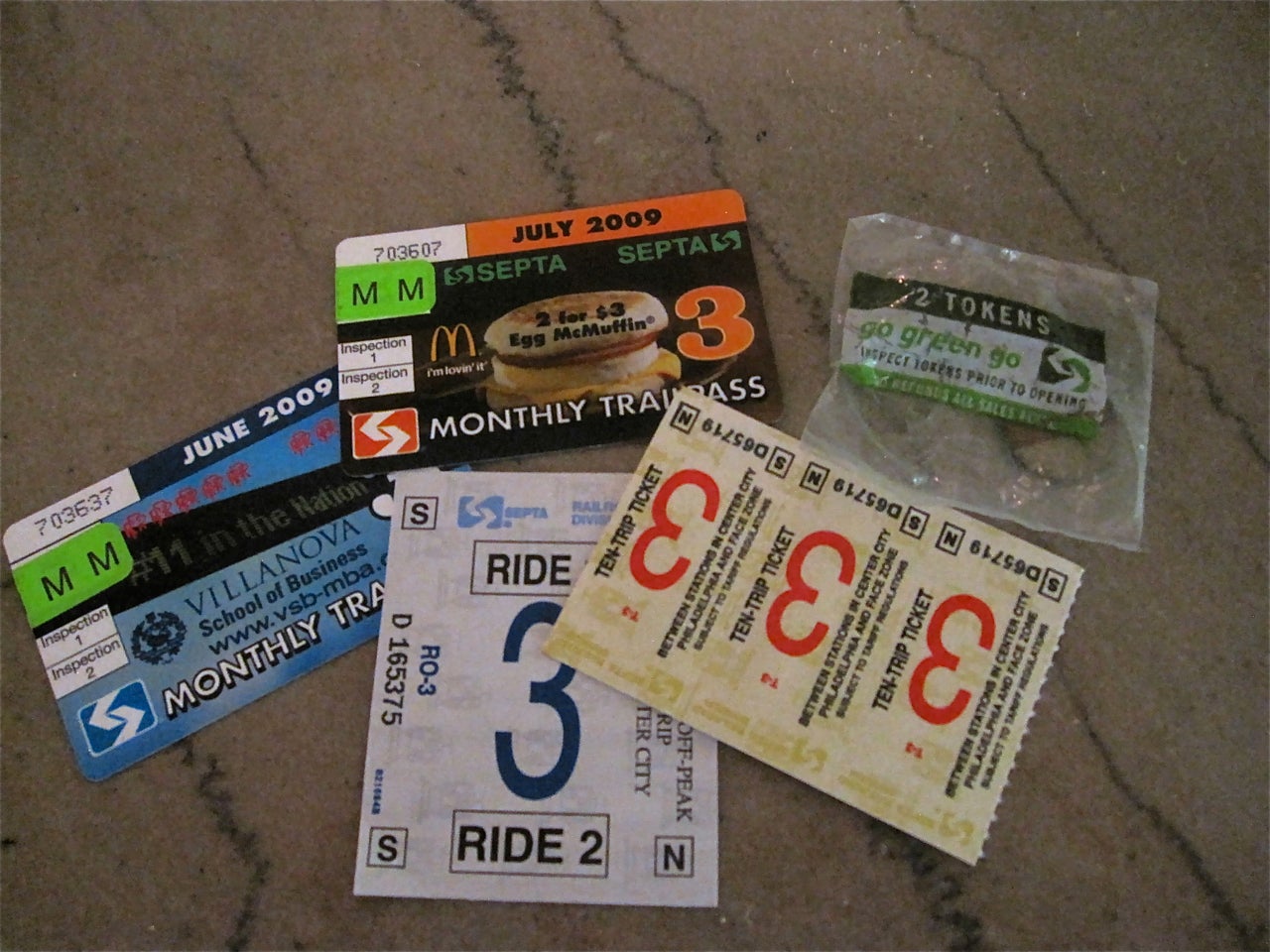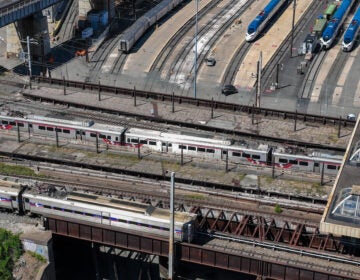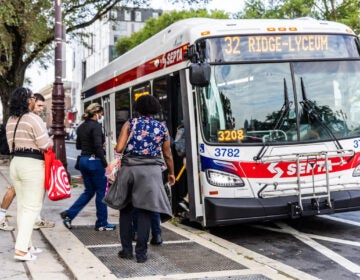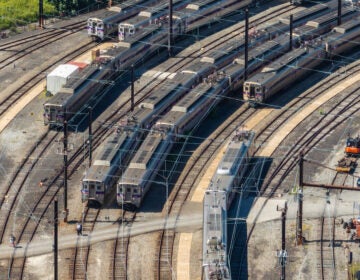SEPTA delay could be “smart” move

July 3
By Anthony Campisi
For PlanPhilly
Even though SEPTA announced that it was delaying the deadline for its new smart card fare collection system for the third time last month, it has released a clearer picture about what a new system might look like.
And if SEPTA manages to pull it off, the agency will sport the most advanced fare-collection system in the country.
The agency says the up-front delays — a contract to build the system will likely not be awarded until the fall — are preferable to hold-ups later on in the process. SEPTA says it’s willing to take more time getting the project off the ground in the hopes of avoiding problems later on.
It’s “a pretty vast undertaking,” SEPTA spokesman Andrew Busch said, adding that “we want to make sure that it’s viable for a long time.”
In a meeting earlier this week of the Citizens Advisory Committee, an independent body that advocates for SEPTA riders, two of the officials leading the project explained the two advances on smart card technology SEPTA is planning on giving riders.
Like other smart card systems, the SEPTA cards will use RFID (Radio-frequency identification) technology. Passengers will tap their cards against a reader at turnstiles or fareboxes, which will read information from a computer chip embedded in the card and deduct money from riders’ accounts.
But unlike other smart card systems in places like Washington, D.C., and Boston, SEPTA is trying for an “open-loop system” that will allow any object with RFID technology to pay fares. Riders will be able to use credit cards that have embedded RFID computer chips and cell phones, which are expected to start carrying RFID technology in the next few years.
The system will also be able to read ID cards with RFID chips, and the agency is talking with the School District of Philadelphia about redesigning student ID cards to replace student SEPTA passes, according to SEPTA ridership and revenue chief John McGee, who is heading the smart card project.
SEPTA will be able to do this because the real work of processing a transaction will be moved to back-office computer systems that can handle different payment systems better than the computers at a turnstile or farebox.
SEPTA is also hoping that it will be able to save some money by achieving an economy of scale by housing its database in an already-existing payment system like a state E-ZPass network, McGee said.
Systems like E-ZPass are already designed to charge different riders different fees — a mini-van pays less than an 18-wheeler to ride on a highway — and can be easily adapted to SEPTA’s fare structure, which gives discounts to some riders like senior citizens and charges a premium to ride regional rail during commuting times, said Randy Vanderhoof, executive director of the Smart Card Alliance, an industry association.
McGee said that SEPTA will still be distributing smart cards to users who don’t want to use their credit cards or who want to purchase weekly or monthly passes, which won’t be fazed out with the new system. And SEPTA riders won’t have to pay for these cards, unlike riders of some systems, like the WMATA in Washington.
Infrequent riders like tourists will also be able to purchase discounted cards that will operate in place of tokens and hopefully push people away from using cash, though dollar bills and coins will be accepted “indefinitely,” McGee said.
SEPTA also plans on discontinuing paper transfers — to get the cost savings of a reduced-fare transfer, riders will need a smart card — which it expects will push more people to use the new technology.
Up to now, only Salt Lake City has brought a fully open-loop system online, Vanderhoof said. Los Angeles has begun to implement one, and New York City is midway through a multi-year pilot program. Chicago and Washington are also looking into the technology.
And if SEPTA succeeds in extending the smart card to its regional rail system, it will be the first to do so in the country.
Though the agency isn’t sure what form that system will take, McGee said that its presence is non-negotiable.
“This is too important,” he said, noting that about 40 percent of regional rail riders also regularly use buses, subways and trolleys.
There are several forms that such a system could take.
The most revolutionary would be to eliminate all fares on trips into Center City and charge double for trips heading out to the neighborhoods and suburbs, like what the Benjamin Franklin Bridge charges for cars entering the city. The idea is that it might be easier to collect fares with a smart card in Center City — say, by making passengers go through turnstiles — than it would be to set up new payment-collection systems at every one of SEPTA’s 153 rail stations.
McGee also speculated that a system might force passengers to validate their smart card at a machine on station platforms before boarding. The machine would deduct the fares and provide a receipt that could be checked by conductors in the same way that light rail systems like the River Line in South Jersey work.
Alternatively, conductors could trade in their ticket punchers and be given hand-held electronic readers that would assess fares directly from the smart card.
Regardless, ticket collection on regional rail “really is an area that cries out for technological advance,” said Martin Robins, director of the Alan M Voorhees Transportation Center at Rutgers University.
Though it may take SEPTA awhile to get its smart card system up and running — Jerry Kane, project manager of the new payment system, said that the new Aug. 18 deadline for bids is “probably not cast in stone” — the agency will begin work later this month on running fiber optic cables through all the Market-Frankford El and Broad Street Line stations to make them compatible with the new technology.
That $1.7 million contract was awarded last month, Busch, the SEPTA spokesman, said.
The agency will also be updating the operating system that runs fareboxes and turnstiles and will be installing new circuit boards that will be compatible with a contactless system.
McGee said that he is hoping the extra delays in bidding the system will forestall delays further out and also avoid the lawsuits that other agencies have faced from companies whose bids had been rejected. He cited Atlanta as a city that faced significant difficulty fighting off a suit brought against it when it tried to roll out its own smart card system several years ago.
SEPTA estimates that the project, not counting preparation work started this summer, will take at least several years and cost about $100 million, though it will be looking in bidders’ applications for innovative public-private partnerships to reduce its share of the cost.
Contact the reporter at campisi.anthony@gmail.com
WHYY is your source for fact-based, in-depth journalism and information. As a nonprofit organization, we rely on financial support from readers like you. Please give today.






